PDAC 2024 Short Course
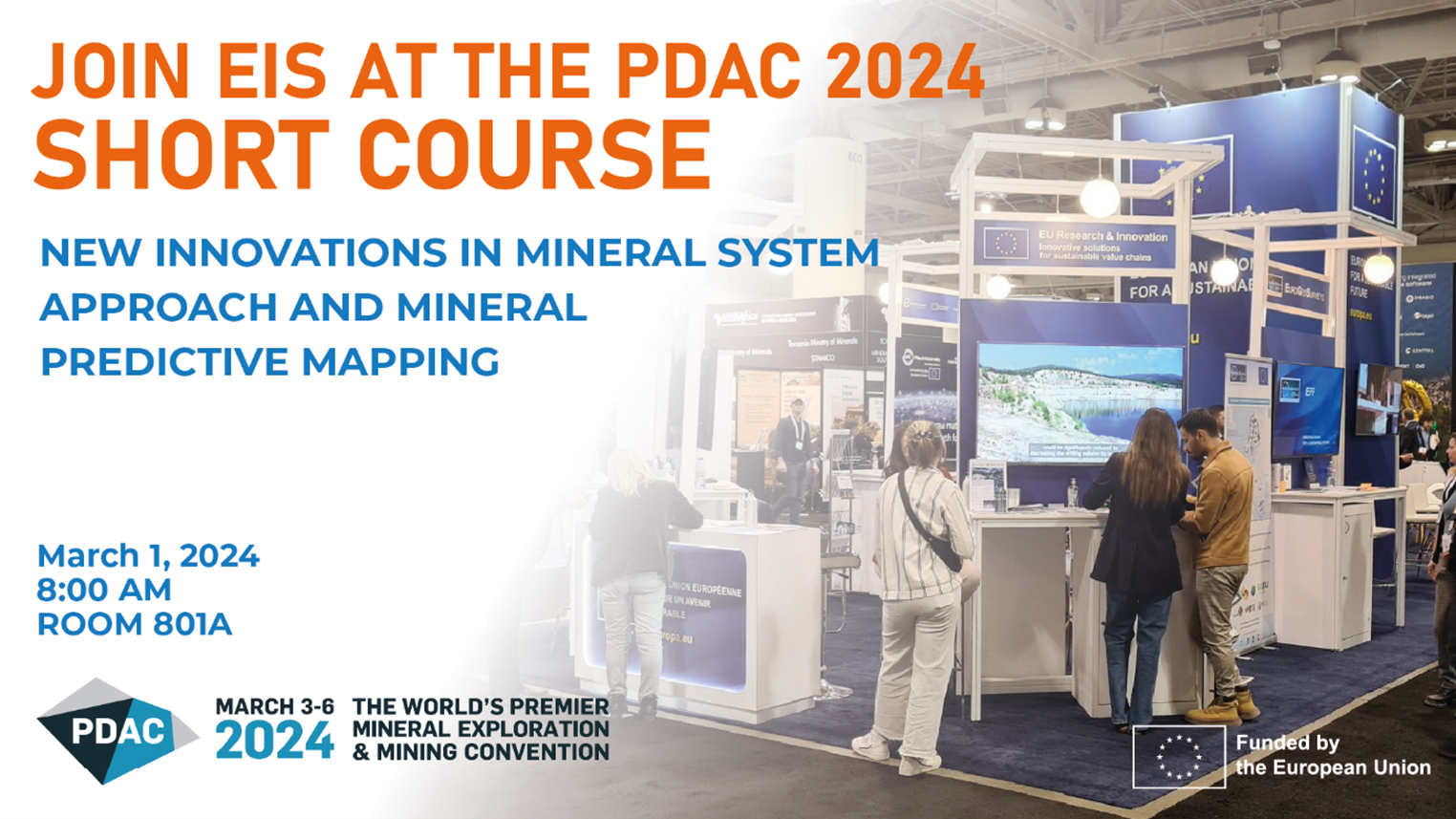
IMPORTANT INFORMATION:
This course aims to provide a comprehensive introduction to the theory and practical application of the Mineral Systems Approach (MSA) and Mineral Predictive Mapping (MPM) for exploration and assessment of critical raw materials. It will showcase case studies from North America, Europe, and Africa, highlighting the practical application of MSA for mineral prospectivity mapping and exploration targeting. The course will cover topics such as defining mineral systems, practical considerations for implementing MSA, machine learning algorithms for prospectivity mapping, and demonstrations of open-source tools. Additionally, it will explore future directions and opportunities for innovation in integrating MSA into mineral exploration and prospectivity mapping.
The course format includes informal presentations, discussions, brainstorming sessions, and hands-on software training.
The short course is a joint effort by the EU-funded project EIS, lead by GTK, and the DARPA-funded project CriticalMAAS and USGS.


TOPICS COVERED
- · Defining mineral systems for critical raw metals
- · Implementing MSA in exploration targeting
- · Case studies from North America, Europe, and Africa
- · Machine learning algorithms for prospectivity mapping
- · Demonstrations of open-source tools like MPM Online Tool, GisSOM, and MapMark4
- · Future directions for MSA and MPM in exploration
ORGANISERS
AGENDA:
-
SESSION 1: MINERAL SYSTEMS APPROACH (MSA)
- 8:00-8:15 – Welcome and Course Context & Schedule by Blandine Gourcerol (BRGM)
- 8:15-8:30 – Introduction to Mineral System Approach (MSA) Theory by Blandine Gourcerol (BRGM)
- 8:30-9:00 – Critical Ingredients of IOCG MSA & Case Demonstration MSA 1: IOCG in Finland by Tero Niiranen (GTK)
- 9:00-9:30 – Critical Ingredients of VMS MSA & Case Demonstration MSA 2: VMS in Sweden and Spain by John Carranza (UFS)
- 9:30-10:00 – Interactive Breakout-Sessions on Development of Mineral Systems: MVT, Granite-related pegmatite systems, IOCG, VMS by Graham Lederer (USGS)
- 10:00-10:30 – Coffee break
-
SESSION 2: MINERAL PREDICTIVE MAPPING (MPM)
- 10:30-11:00 – Introduction to Mineral Propectivity Mapping (MPM) Theory by John Carranza (UFS)
- 11:00-11:30 – Demo MPM Online Tool with Fuzzy Logic by Bijal Chudasama (GTK)
- 11:30-12:00 – Hands-On Training MPM Online Tool with Fuzzy Logic for IOCG in Finland by Bijal Chudasama (GTK)
- 12:00-13:00 – Lunch break
-
SESSION 3: MINERAL PREDICTIVE MAPPING (MPM) CONTINUED
- 13:00-13:30 – Demo GisSOM with Self-Organizing Maps by Bijal Chudasama (GTK)
- 13:30-14:00 – Hands-On Training GisSOM with Self-Organizing Maps for IOCG in Finland by Bijal Chudasama (GTK)
- 14:00-14:30 – Outlook EIS - Exploration Information System by Andreas Knobloch (Beak)
- 14:30-15:00 – Coffee break
-
SESSION 4: MINERAL RESOURCE ASSESSMENT (MRA)
- 15:00-15:30 – Introduction to Mineral Resource Assessment (MRA) Theory by Joshua Coyan (USGS)
- 15:30-16:00 – Demo MapMark4 by Joshua Coyan (USGS)
- 16:00-16:30 – Outlook Critical MAAS - Critical Mineral Assessment by Graham Lederer (USGS)
SPEAKERS:
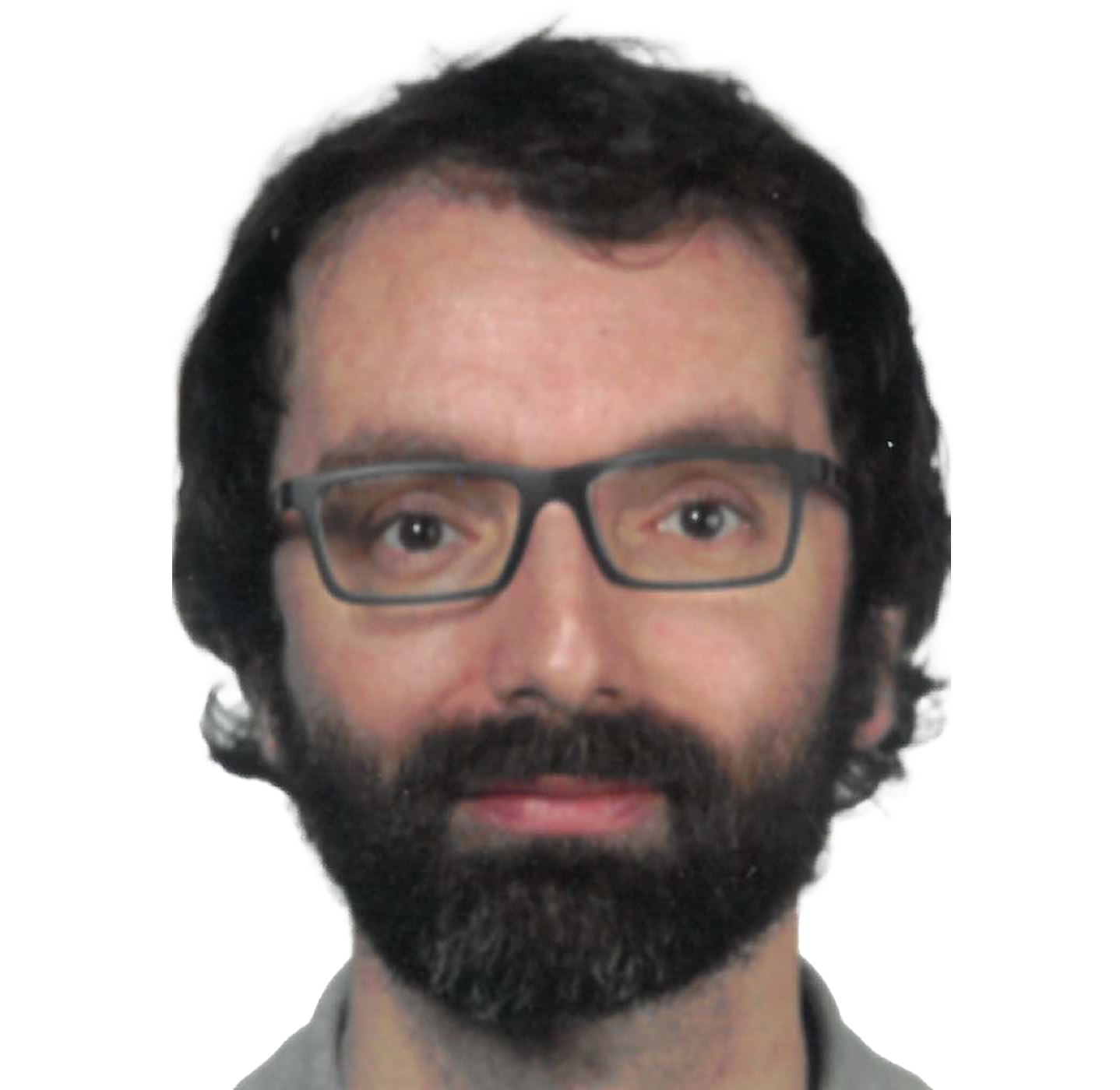
ANDREAS KNOBLOCH
Geologist, Managing Director – Beak Consultants GmbH, Freiberg, Germany
Mr Andreas Knobloch studied Geology at Technical University Bergakademie Freiberg and South Dakota School of Mines and Technology from 1998 to 2004. He joined Beak Consultants GmbH in 2005 and has been a project manager in various mineral exploration projects, among others in Kosovo, Rwanda, Uganda, Namibia, DR Congo and Nigeria. Since 2007, his research is focusing on application of artificial intelligence for mineral predictive mapping. Currently, he is leading related work packages in the Horizon 2020 project “GoldenEye” and the Horizon Europe project “EIS – Exploration Information System”. Since January 2023, he is Managing Director of Beak Consultants GmbH.
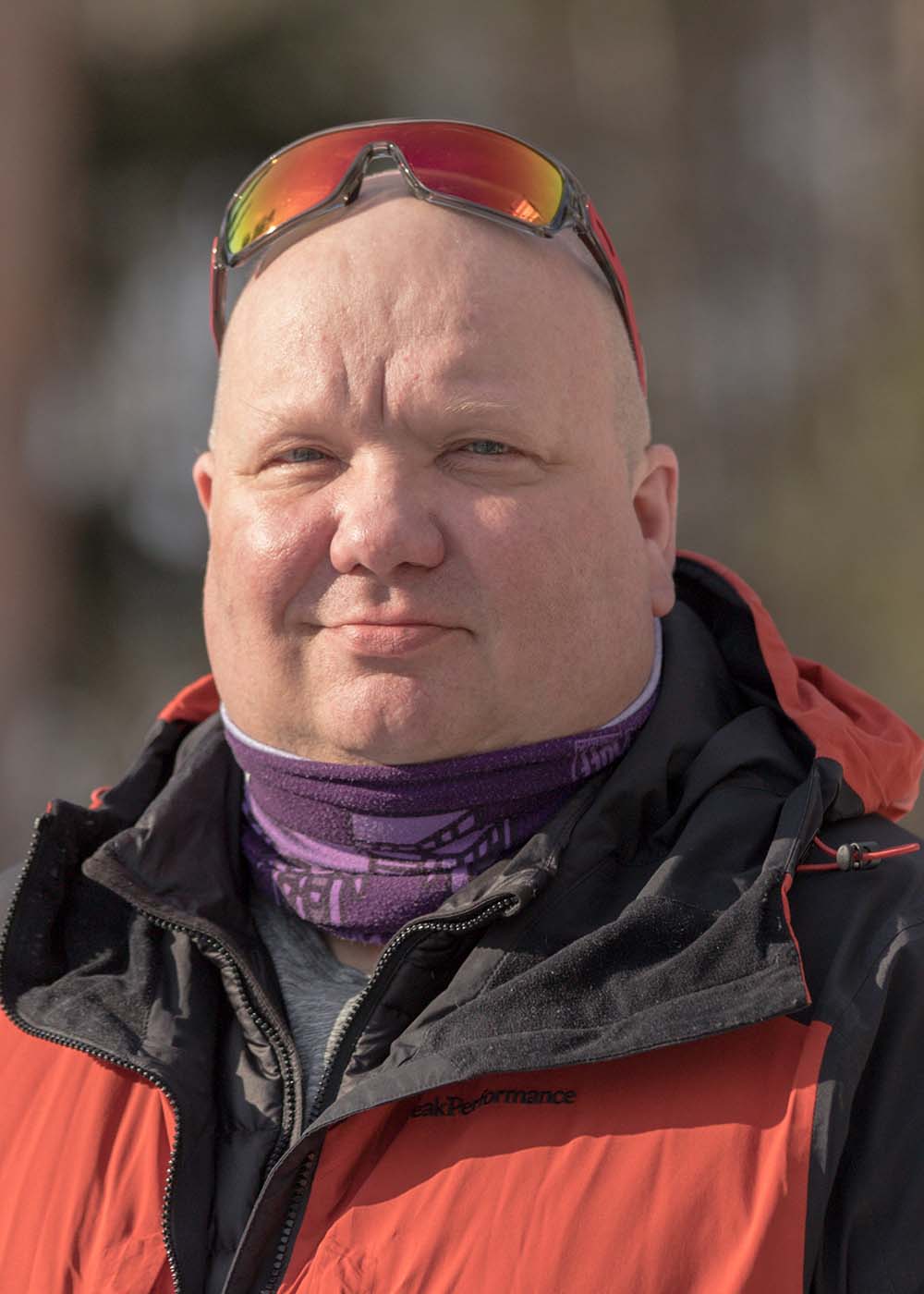
TERO NIIRANEN
Research Professor at Geological Survey of Finland (GTK)
Tero Niiranen is Research Professor at Geological Survey of Finland. His research includes ore formation of hydrothermal deposits, mineral systems, tectonic evolution of mineralized belts, 3D modeling applied to mineral deposits and mineralized belts, and GIS based prospectivity modeling. He received a M.Sc. degree in geology in University of Turku in 2000 and a Ph.D. degree in economic geology in University of Helsinki in 2005. He has over 20 years’ experience in research and exploration of mineral deposits working with academia, research organizations and industry.

JOSHUA COYAN
Research Geologist at the US Geological Survey (USGS)
Dr. Joshua Coyan is a Research Geologist at the US Geological Survey. He specializes in geostatistics and mineral resource assessments. He received his master’s degree from Arizona State University in 2005 specializing in structural geology with an emphasis in hydrogeology and contaminant remediation. He went on to pursue a Ph.D. specializing in structural geology with an emphasis in ore deposits. Josh joined the USGS in 2016 and has had the opportunity to work on numerous mineral resource assessments. More recently, Dr. Coyan has started working with NASA to assess the presence of water-ice in the polar regions of the moon with plans to send a rover in the near future.
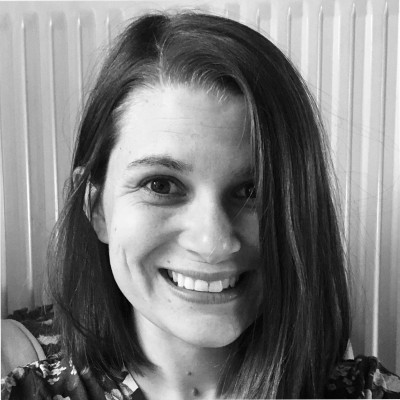
BLANDINE GOURCEROL
Project manager and research expert at the French Geological Survey (BRGM)
Blandine currently works at the French Geological Survey as project manager and scientific expert. She earned her Ph.D. at the Laurentian University in Canada and she is now involved in several national and international research and public policy support projects focused on critical and strategic metals. Meanwhile, she is leading a preliminary assessment study on the mineral resources inventory at the national scale.

GRAHAM LEDERER
Research Geologist at the US Geological Survey (USGS)
Dr. Graham Lederer is a research geologist at the U.S. Geological Survey where he investigates the supply of mineral commodities critical for societal needs. His current projects focus on developing methods for mineral resource assessment and the application of machine learning techniques. Prior to the USGS, Graham earned a PhD at the University of California Santa Barbara while studying granites in Himalaya and was a post-doc at MIT. He is part of the CriticalMASS activity by DARPA implemented by U.S.G.S.
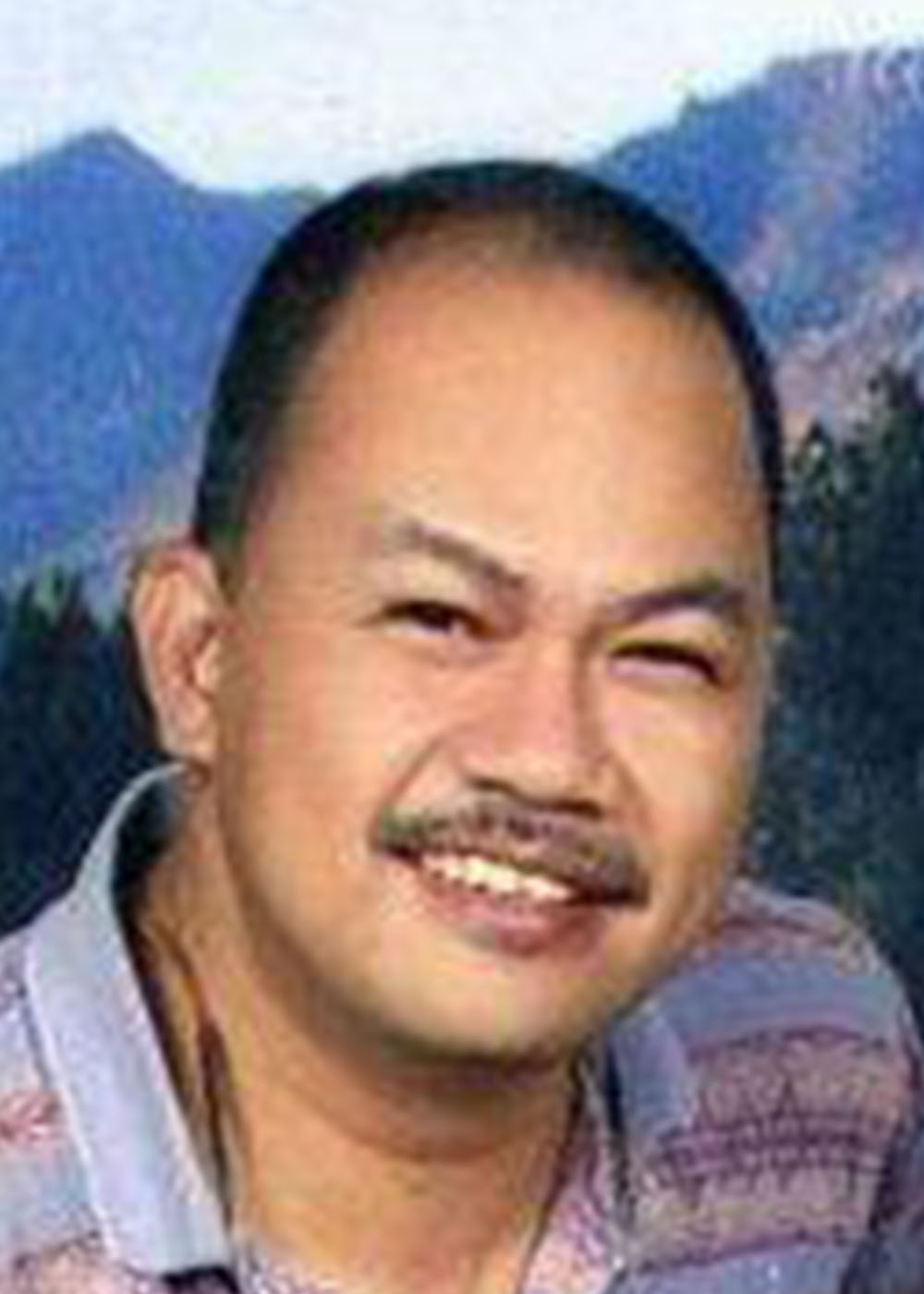
JOHN CARRANZA
Professor at the University of the Free State (UFS)
John Carranza was: exploration geologist (1983–2001), Mines & Geosciences Bureau, Philippines; Asst. Prof. (Predictive Modeling in Mineral Exploration), Univ. of Twente (Netherlands), 2003–2012; Assoc. Prof. (Computational Modeling, Exploration/Mining Geology), James Cook Univ. (Australia), 2013–2016; and Prof. of Geological Sciences, Univ. of KwaZulu–Natal (South Africa), 2017–2021. He is, from Jan. 2022, Prof. of Economic Geology, Univ. of the Free State (South Africa). He has expertise in (a) geochemistry for mineral exploration and ore genesis studies, (b) spatial mathematics/statistics for predictive modeling of mineral resources, and (c) remote sensing for mineral exploration.
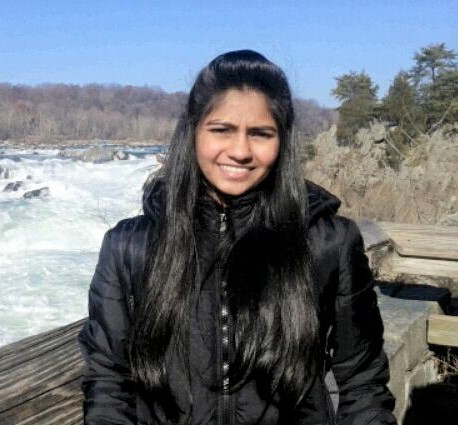
BIJAL CHUDASAMA
Geological Survey of Finland, Espoo, Finland,Senior Scientist (GTK)
Bijal Chudasama is a Senior Scientist at the Geological Survey of Finland. She has educational background in geology (M.Sc., 2014), and in geoinformatics and applications of machine learning methods to different geological research domains (Ph.D., Indian Institute of Technology Bombay, India, 2019). Her main research area is exploration targeting of mineral deposits using GIS-based mineral prospectivity analysis, that involves a complex workflow of mineral systems modelling, geoscientific data processing, spatial data analysis, pattern recognition and integration of regional-to-deposit-scale geophysical, geochemical, earth observation and geological datasets using statistical and machine learning methods. She is also involved in development of open-source tools for geoscience research and demonstrating the scientific applicability of new tools and methods in practical use case studies.





